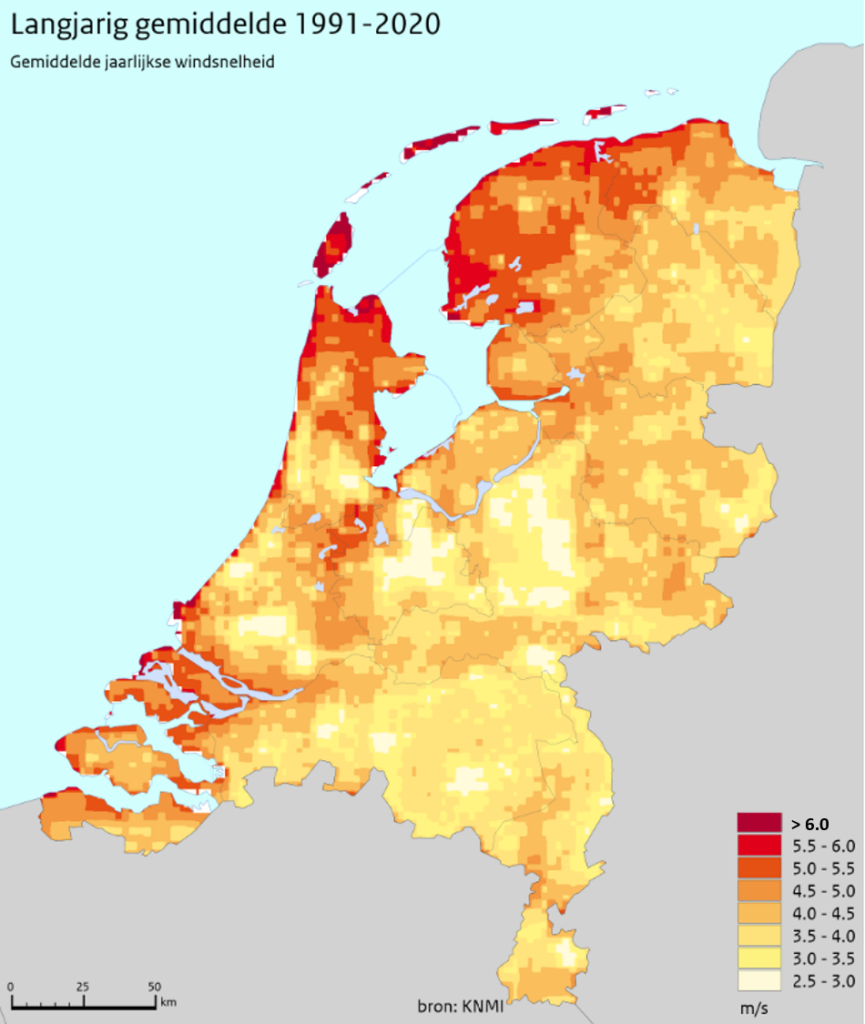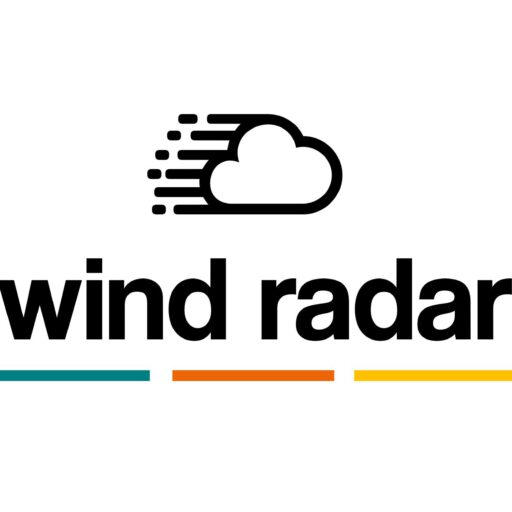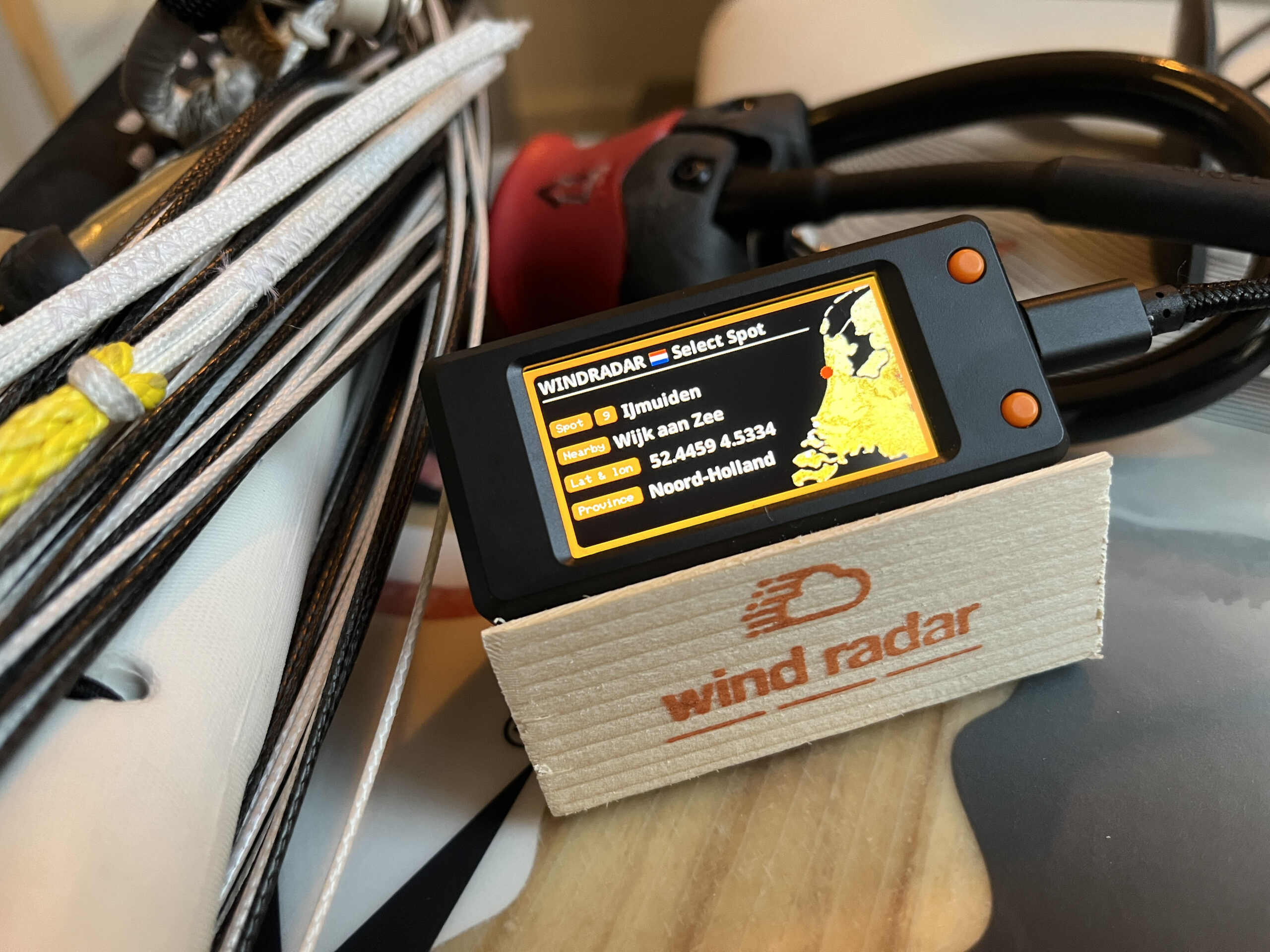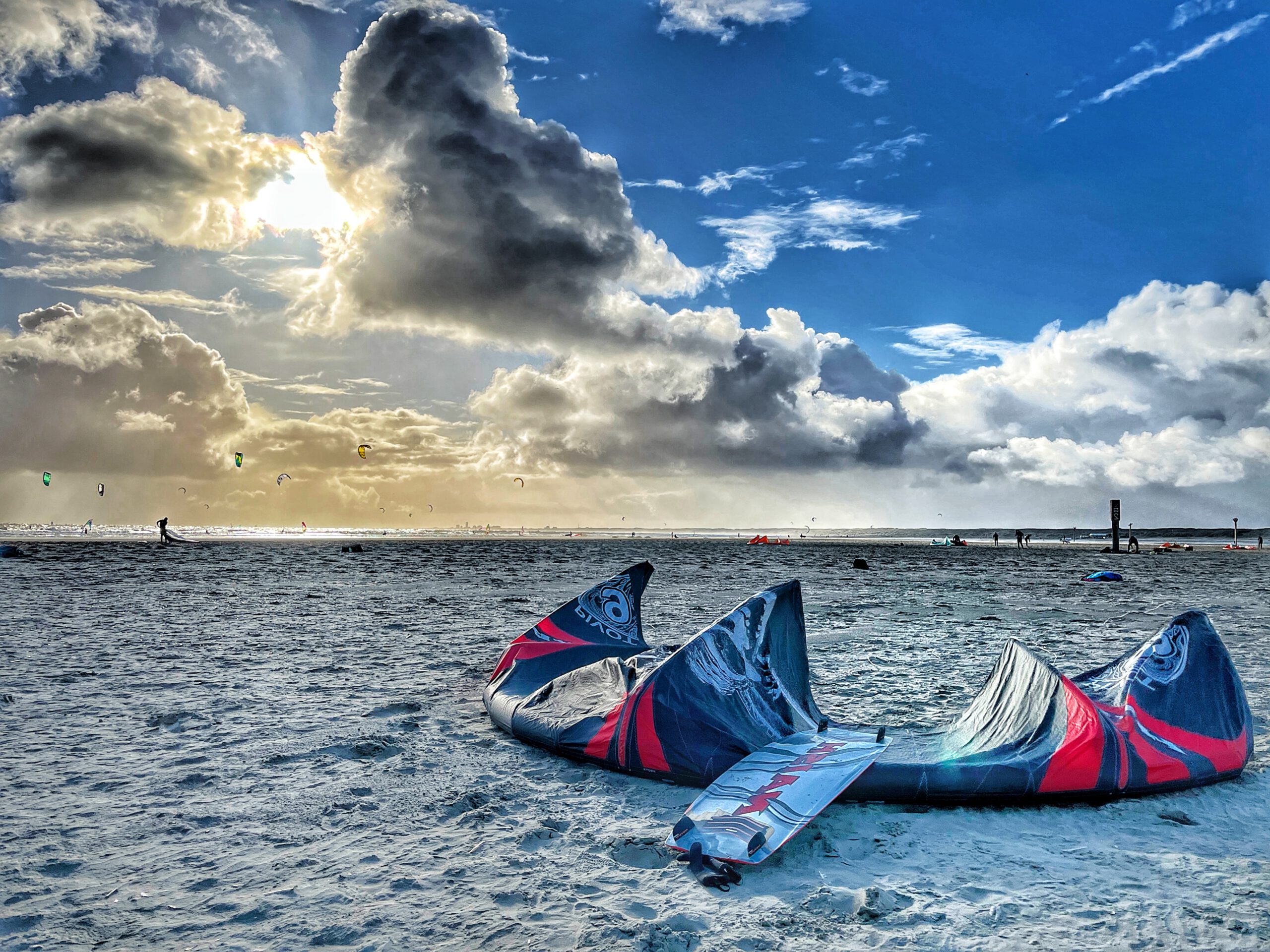Kitesurfing on the Dutch North Sea offers a unique experience with its varying water temperatures and wind directions throughout the year. Understanding these factors can help you plan your kitesurfing adventures more effectively. Let’s take a closer look at the monthly water temperatures and wind directions in this region.
Monthly Water Temperatures
The water temperature in the Dutch North Sea changes significantly with the seasons. Here’s an overview of the average monthly sea water temperatures. There is a delay in how the sea water stores energy as the cold months pass by, meaning that in November the water temperature is still quite okay (12.6 degrees Celsius) and similar to the water temperature in May.

When you go kitesurfing during the months when the sea water temperature drops (December to April), make sure you do the following:
- Gear Up: wear a proper wetsuit or drysuit suitable for winter conditions, including gloves, boots, and a hood to keep yourself warm and dry.
- Check the Forecast: Always review weather and sea conditions before heading out. Winter weather can change rapidly, and it’s crucial to avoid extreme conditions.
- Buddy System: Never kite alone in cold conditions. Having a buddy ensures there’s someone to assist in case of an emergency.
- Hypothermia Awareness: Know the signs of hypothermia and how to address it. Keep an emergency blanket handy.
- Stay Visible: Use brightly colored equipment to stay visible to other water users and rescue teams.
- Know Your Limits: Be aware of your skill level and physical condition. Cold water can be more demanding, so don’t push beyond your comfort zone.
Monthly Wind Speeds and Direction
Below you’ll find the prevailing wind directions, wind speeds and areas with the strongest wind in the Netherlands. These show long-term averages for three locations close to the North Sea (Vlissingen, Hoek van Holland) and the IJsselmeer/Markermeer (Lelystad).

When the above data for Hoek van Holland is aggregated into seasons, one can see the clear correlation between winter time and higher wind speeds:

Two other interesting graphs, showing prevailing wind direction and locations with most wind:






